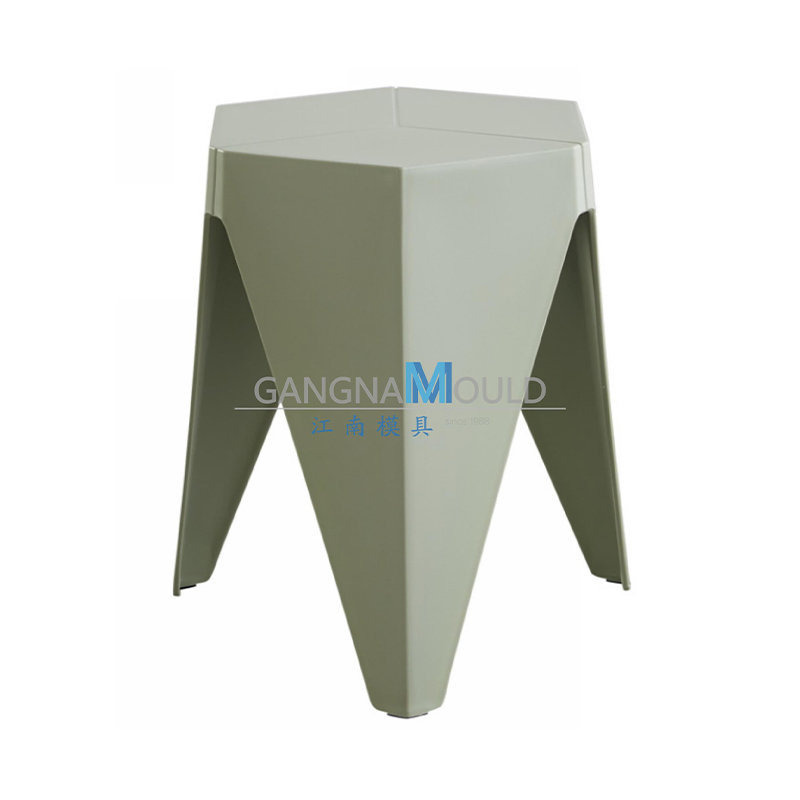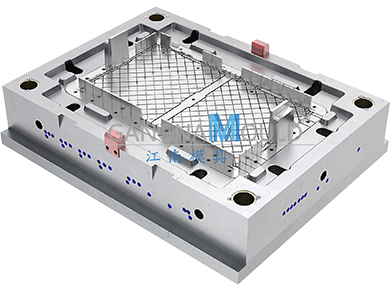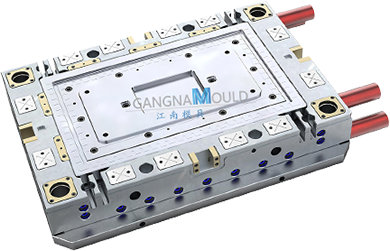Stool Mould Technology Advancements Shaping Modern Production
Stool Mould development holds growing importance in the furniture and injection moulding sectors. Today’s moulds are not simply tools for shaping; they act as design enablers, sustainability drivers, and production accelerators. What recent changes are shaping Stool Mould design and use, and how is the industry adapting to new pressures and opportunities?
Stool Mould Market Context and Demand Drivers
Plastic furniture forms a rising share in global furniture demand. The plastic furniture market is expected to reach around USD 16.80 billion in 2025, expanding at a CAGR of 4.56 percent toward 2030. In that context, stools represent a basic yet essential product category, and their moulds serve many factories.
Stool Mould Design Innovations: Modular and Complex Geometry
What design advances define modern stool moulds? A key theme is modular mould architecture. Some stool moulds now include removable inserts, interchangeable pattern plates, or modular cores that allow designers to vary leg shapes or seat textures without remaking the entire mould. This modularity reduces tooling costs and accelerates product variants.
Another innovation stems from the rise of rotational moulded furniture. Rotomolding produces hollow stool shapes with seamless surfaces, reducing the need for multiple mould segments. In such processes, Stool Moulds adopt thicker walls and custom flow channels to ensure uniform material distribution. Rotomolded stools gain popularity for outdoor and children’s furniture due to durability and safety.
Hybrid moulding is gaining traction. Some stool moulds merge traditional machining and 3D-printed inserts. These printed inserts allow fine surface details, internal ribs, or internal channels for weight reduction without full retooling. Designers can test shape changes rapidly using additive prototypes before committing to full metal mould changes.

Stool Mould Materials and Sustainable Practices
Material selection is shaping the competitive edge of Stool Moulds. High-grade tool steels and aluminum alloys remain standard, but advanced coatings such as nitriding or PVD layers increase surface hardness, reduce corrosion, and extend mould life.
Sustainability enters the mould world as well. Certain firms emphasize eco-moulds constructed to produce stools from bio-composites or recycled polymers. One company develops moulds for mycelium-based composite seating, casting natural fibers into mould cavities. The moulds must accommodate slight shrinkage, porous material flow, and delicate demolding. That trend pushes mould makers to rethink venting, draft angles, and part separation in ways not required for rigid plastics.
Stool Mould in Production and Application Areas
Where are stool moulds most used? Furniture factories remain the major users. But the use extends to retail, hospitality, outdoor settings, and studio furniture. In these realms, stool moulds must cope with frequent design churn, color changes, and durability expectations.
In educational and public spaces, stool moulds must accommodate seating for children, heavy usage, and easy maintenance. Some designs include stackable geometry, ventilation slots, or integrated anti-slip features, requiring moulds that can replicate fine venting and edges without flash.
Stool Mould Challenges and Competitive Pressures
Stool mould makers face several constraints. Tooling cost remains high; high precision, complex geometry, and mould polishing consume considerable time and expense. Speed to market pushes for shorter lead times, which strains design and machining teams.
Raw material cost volatility is another concern. Tool steels and aluminium alloys fluctuate in price, which compresses margin stool mould projects. Maintaining consistency across thousands of cycles demands robust design for cooling, wear resistance, and residual stress control.
Conclusion
The Stool Mould remains a foundational element in furniture manufacturing, but in 2025 it is far more than a shaping tool. It now embodies design flexibility, sustainability ambition, and manufacturing intelligence. Stool Moulds of the future will not only replicate form—they will enable function, efficiency, and creative expression.



 English
English русский
русский Español
Español Français
Français عربى
عربى 简体中文
简体中文




